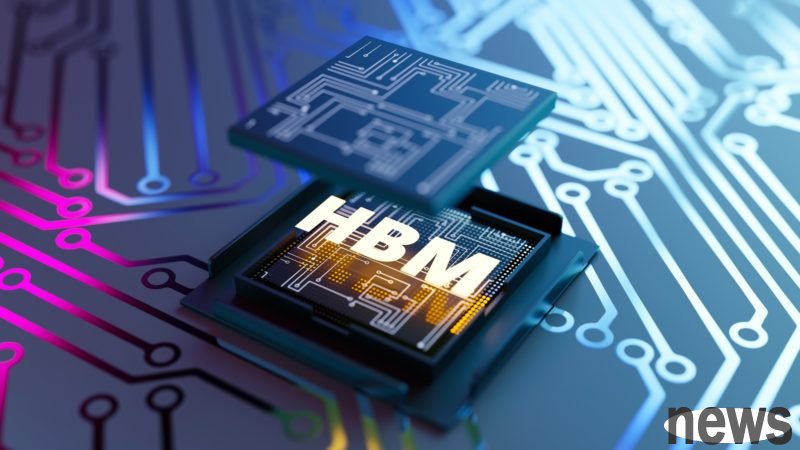
According to the report of Korea's North Korean Daily, Samsung Electronics originally planned to supply the fastest second season of artificial intelligence (AI) chip manufacturer NVIDIA (Nvidia), the fifth-generation high-frequency wide memory (HBM3E), but the delivery schedule of this batch of 12-layer HBM3E has encountered an unexpected delay. SK Hynix and Micron have already supplied NVIDIA first, making Samsung HBM competitive pressure increasingly strong.
Samsung has booked Broadcom HBM3E products in the second half of the year, and is expected to become the largest supplier of Broadcom HBM3E, accounting for more than 50%. But now due to NVIDIA's hinderment, Broadcom's supply may be ahead of schedule.
The three major problems of Samsung's supply of NVIDIA are the first of all, which is that it does not meet the NVIDIA's strict heat dissipation standards. NVIDIA requirements are twice as high as Broadcom, and Broadcom's heat dissipation standard is less than half of NVIDIA. Because NVIDIA is a general-purpose product, various environments must exhibit high efficiency, resulting in extremely high power consumption and heat dissipation of wafers. If the HBM generates too much heat, it will directly affect the chip performance.
The second problem is data transmission. When Samsung HBM operates with extreme conditions such as hot, its data transmission speed and accuracy are not as good as SK Hynix and Micron. The key to AI semiconductor performance is to efficiently process a large amount of data, especially NVIDIA's special high-performance network system NV Link, which ensures that AI semiconductors are intensively deployed server environments, and each chip can respond quickly to avoid transmitting bottles. However, Samsung HBM's DRAM has performance problems, and the possibility of insufficient data transmission speed or accuracy is higher than that of competitors. The processor cannot accurately identify HBM's transmission data, which directly affects the performance of AI models.
The final result is yield. Samsung HBM yield is relatively low. Although it is a long-term problem, it is difficult to deliver the quantity as required on time, and the competition will be weakened when price negotiations are made. Samsung has redesigned DRAM to improve quality and achieve stable yields. Semiconductor industry insiders revealed that although the yield problem with heat dissipation has improved rapidly, in order to enter the NVIDIA supply chain, Samsung's price still has to be lower than its competitors and lose its guidance.
Samsung's NVIDIA supply has been hindering, but technological progress has been made. Industry insiders pointed out that Samsung has overcome most of the difficulties in the near future, but part of NVIDIA's production has been divided into SK Hynix and Micron, and it will take time for Samsung to discuss with NVIDIA. Samsung is accelerating the delivery of new HBM products and actively conducting supply negotiations with NVIDIA.
